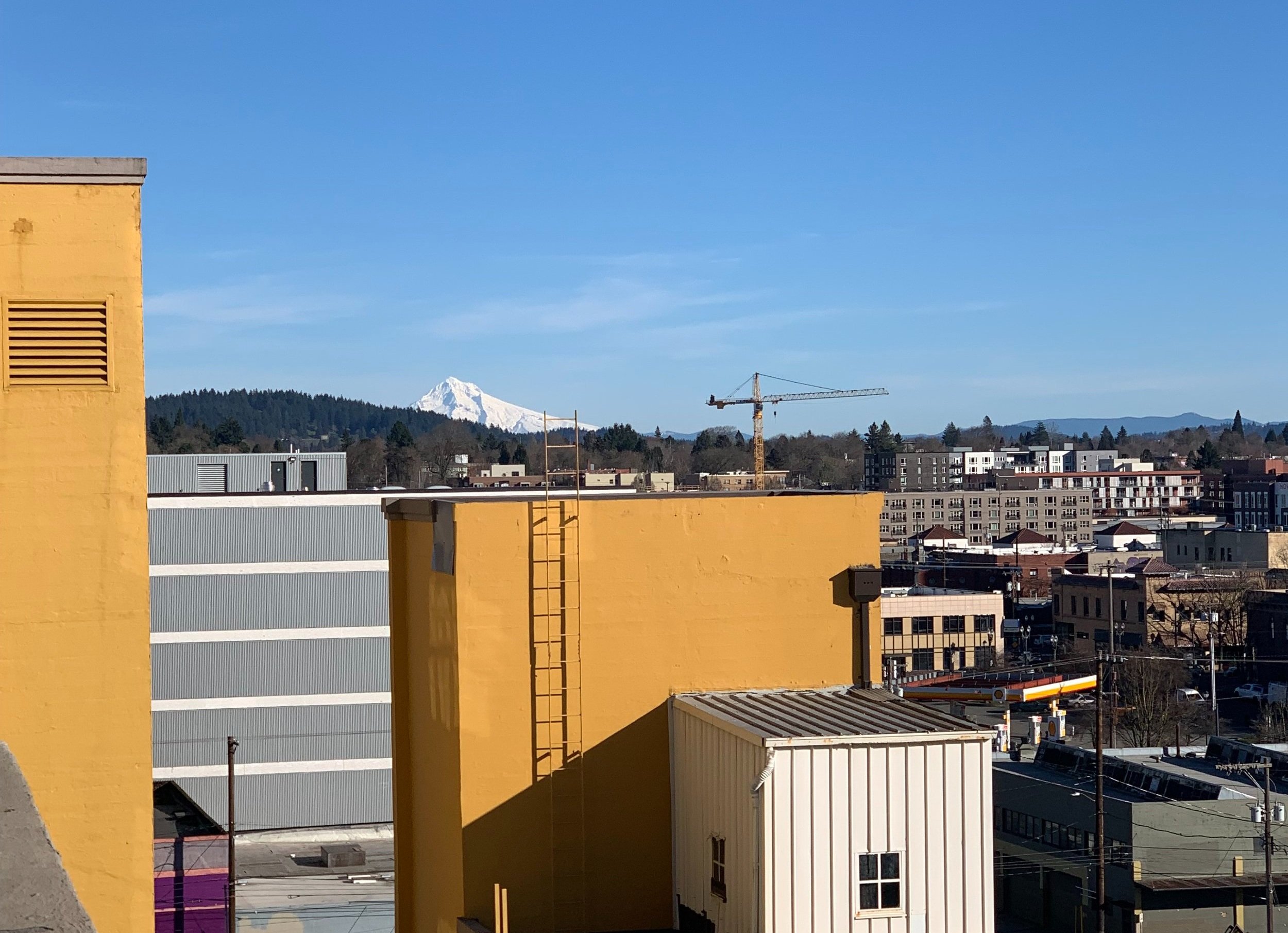Between the devastating winter storms, increased seismic activity, intense wildfires, and record-breaking hurricanes affecting every part of our nation, it is clear that climate change is not an issue that can be kicked down the road any longer. Like many other jurisdictions across the United States, Oregon is taking action to reduce its carbon emissions and is committed to improving the climate resilience of its existing buildings.
Oregon wrapped up its 2023 legislative session by passing two major climate change bills containing well over a dozen proposals to tackle greenhouse gas emissions across the state. One proposal in House Bill 3409 will mean big changes for commercial building owners in the coming years. The bill outlines the creation and implementation of a building performance standard (BPS) for existing commercial buildings, making Oregon the fourth state to adopt such a standard.
BPS standards are expected to be finalized by the end of 2024 and will require building owners to complete an energy audit that compares their energy use against similarly sized buildings. Based on the audit results, building owners will be required to meet certain energy reduction targets. They can work with energy and building professionals to find the best solutions, which could range from adding better insulation and installing more efficient windows to upgrading lighting fixtures and heating and cooling systems.
Which Buildings Will Be Required to Meet BPS Standards?
ODOE has classified commercial buildings into two categories that will be required to meet the building performance standards:
Tier 1: non-residential and hotel/motel buildings over 35,000 square feet
Tier 2: multifamily, and institutional buildings (hospitals, schools, universities, etc.) over 35,000 square feet, and non-residential and hotel/motel buildings 20,000-35,000 square feet.
Oregon plans to use ASHRAE Standard 100 as the basis for compliance for Tier 1 buildings, which in most cases will require meeting energy use intensity (EUI) targets. Oregon is also expected to pass alternative conditional compliance pathways, such as energy audits, energy investments, energy management plans, or qualifying for an exemption. Tier 1 buildings will be required to meet compliance by the following deadlines:
June 1, 2028 – Tier 1 Buildings equal to greater than 200,000 square feet
June 1, 2029 – Tier 1 Buildings equal to greater than 90,000 square feet but less than 200,000 square feet
June 1, 2030 – Tier 1 Buildings equal to greater than 35,000 square feet but less than 90,000 square feet
Tier 2 buildings will follow a different timeline than Tier 1 buildings. To set appropriate and achievable compliance targets, an accurate benchmark of a building’s current energy use and emissions needs to be determined. For this reason, ODOE has asked Tier 2 buildings to report their energy use and GHG emissions according to the following timeline.
July 1, 2028 – Tier 2 building owners must report energy data to ODOE
July 1, 2029 – ODOE to evaluate Tier 2 building data
October 1, 2030 – ODOE to report on recommendations for an energy performance standard for Tier 2 buildings
If you are interested in more information on the early decisions and development of Oregon’s building performance standards, check out this interview with Erika Bolstad, a freelance journalist closely following the topic, released by Oregon Public Broadcasting in September of last year after the initial approval of HB 3409.
You can follow the Oregon Department of Energy’s development of the BPS on their website.


